The round soccer balls that you see today, complete with all the fancy designs and colours on them didn’t simply come to exist.
Through the meticulous refinement of shapes, materials and other things like technology, manufacturers have been able to perfect the delivery of spherical objects that meet the needs of casual fans and professionals alike.
You get to develop an even greater appreciation for what the best soccer balls are in their current form by observing how they are constructed.
I’m sure you probably haven’t even thought to picture how a soccer ball gets sewn together, right?
Well, don’t feel guilty about that!
In today’s article, we shall illustrate the sequential process from start to finish.
Alright, let’s begin.
Soccer balls can be sewn by together by way of hand stitching – where the panels are threaded one by one from the inside out – or through the use of a sewing machine which significantly speeds up the production process when compared against stitching by hand.

Want to test your knowledge on soccer ball care?
Take the quiz by clicking the button below and see just how informed you truly are!
Note - You'll need to enter your email address to see the final results.

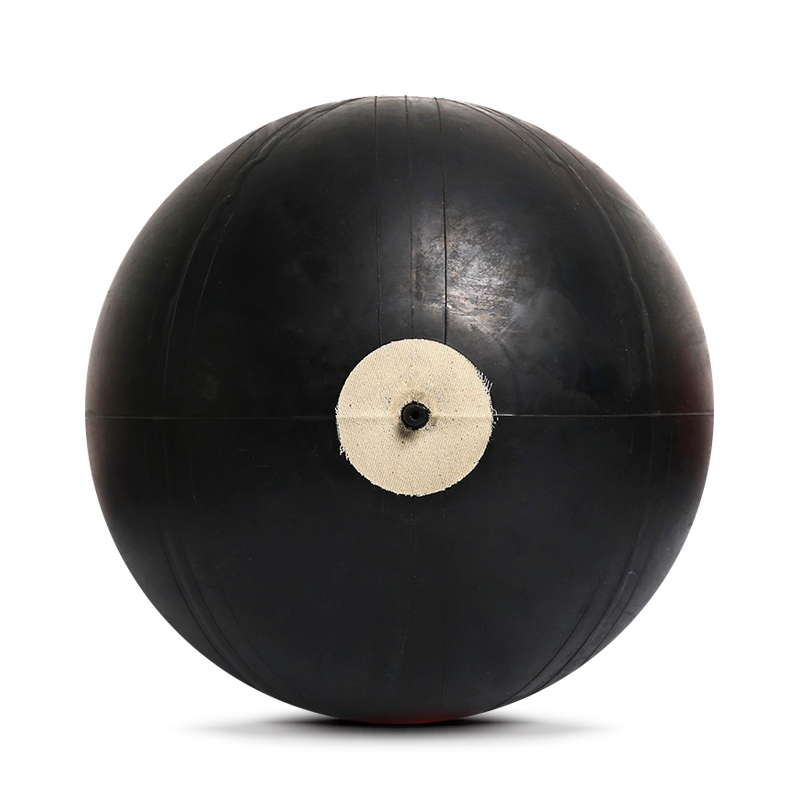
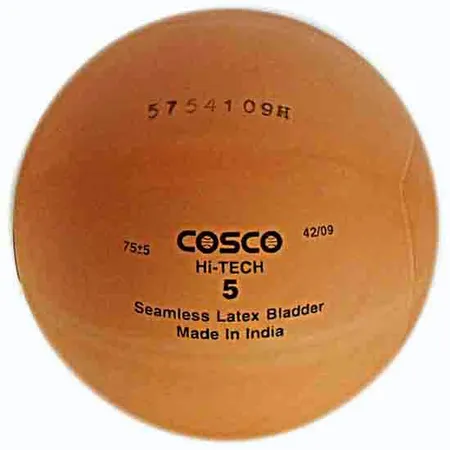





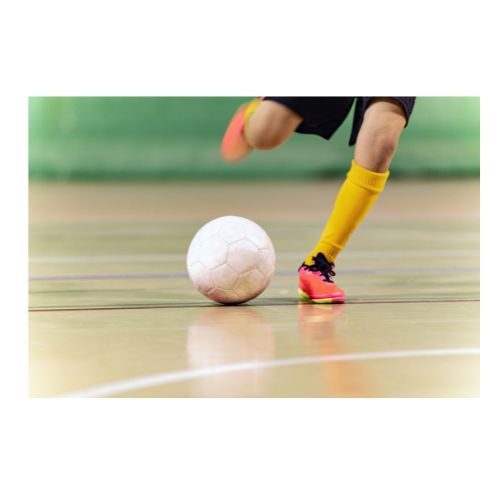

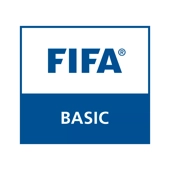











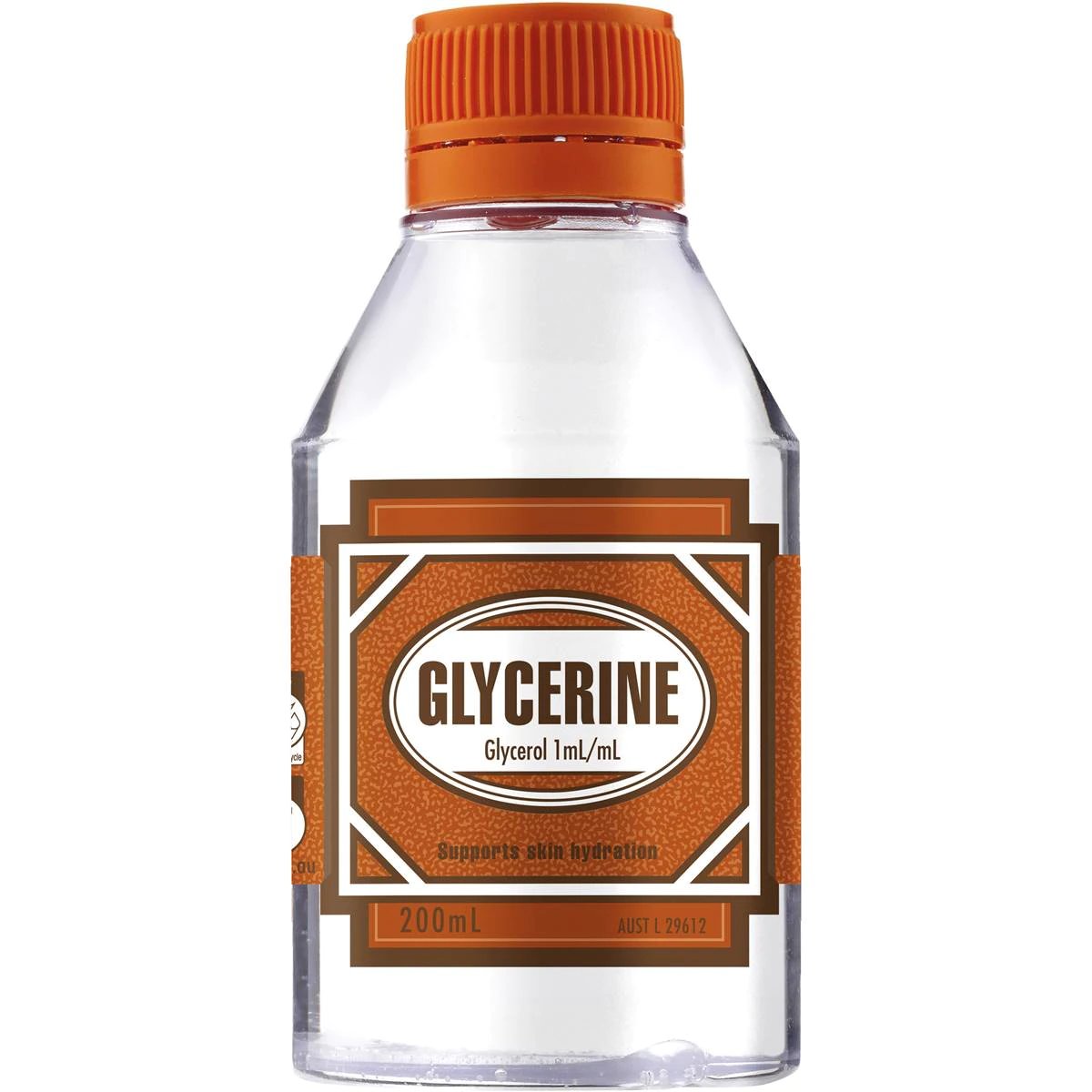
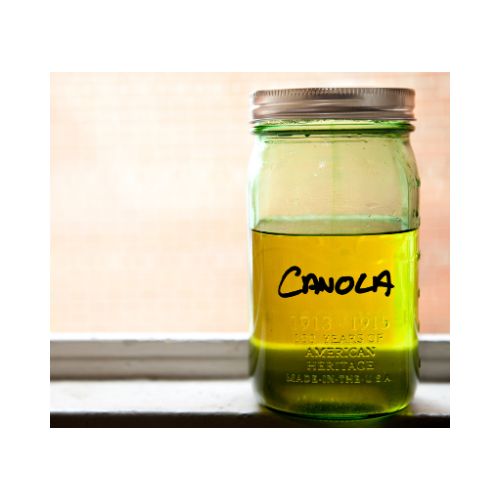
You need a visual demonstration of both methods in order to understand how soccer ball sewing is done, which is what is now going to be documented.
So, here goes…
- How a soccer ball is sewn by hand – step by step
- 1. Roll out giant sheets of synthetic leather material
- 2. Cut the leather sheet into smaller individual panels
- 3. Sort the panels into pentagonal and hexagonal sets
- 4. Panel imprinting
- 5. Stitch the panels together from the inside out
- 6. Insert the bladder before sealing up with final stitches
- 7. Quality checking and cleaning of residue
- How a soccer ball is sewn using a machine
- How many stitches does a typical soccer ball have?
- Final thoughts
How a soccer ball is sewn by hand – step by step
In my other article on where soccer balls are made, I spoke at length about how labourers from countries like Pakistan and India really put the pedal to the metal by producing so many soccer balls.
Factories that manufacture these objects in Asian countries employ thousands of people, and credit to them for being able to perfect this craft.
You will discover just how intriguing the hand stitching process is, because I’m now going to reveal how a soccer ball gets stitched.
1. Roll out giant sheets of synthetic leather material
At the beginning, there won’t be any indication that a soccer ball is anywhere close to being complete.
This is because you have to roll out giant sheets of synthetic leather material as a starting point.
You can think about it this way…
Imagine having a carpet that you have to unravel.
From there, you then have to cut down sections of that carpet into smaller pieces and join those pieces together to create something else.
That’s what this process entails.
So, the casing that gets rolled out is generally made from multiple layers of synthetic foam panelling that’s been laminated together to give off the smooth yet solid soccer ball exterior.
Once this material has been straightened out, the next step can commence.
2. Cut the leather sheet into smaller individual panels
The next part is where you’ll start to see things taking shape.
Here, the synthetic leather sheet is split up into much smaller pentagonal and hexagonal panels that will make up the final soccer ball.
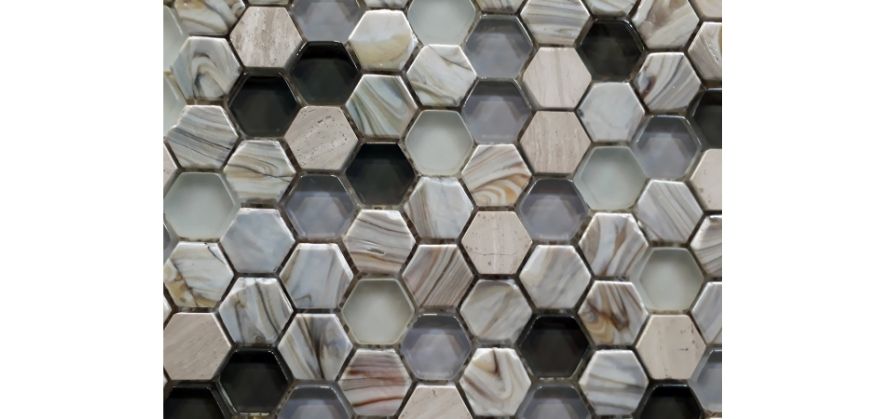
Why are these the two shapes used, you may ask?
Have a read of my article on why soccer balls have pentagons and you’ll immediately see why.
Now, a die cutting machine is used to perform this action.
The sheet is simply loaded into the die cutter, and with a simple press of the machine against the surface of the material, the panels are carved in.
What you also need to know is that the die cutter machine also serves the purpose of punching the mini-holes into the sides of each individual panel.
These tiny piercings are where the polyester or cotton thread for stitching will slide in through.
3. Sort the panels into pentagonal and hexagonal sets
Organisation is a key part of the soccer ball sewing process.
Without it, soccer balls would have a mix and match of panels that don’t line up well with each other, which could make them look unprofessionally made and even distort their spherical shape.
At this juncture, the pentagonal and hexagonal panels are compiled together and sorted into two different groups.
Workers stationed within this area also separate the panels which have defects from the ones which pass quality standards.
Once that’s done, they use rubber bands to tie together the approved panels in bunches – 20 pentagonal ones and 12 hexagonal ones – to make up complete soccer balls.
4. Panel imprinting
After the panels are sorted into complete sets, they are then moved over to the printing area.
Here, the panels are silkscreened individually with a specially designed paint that dries extremely fast.
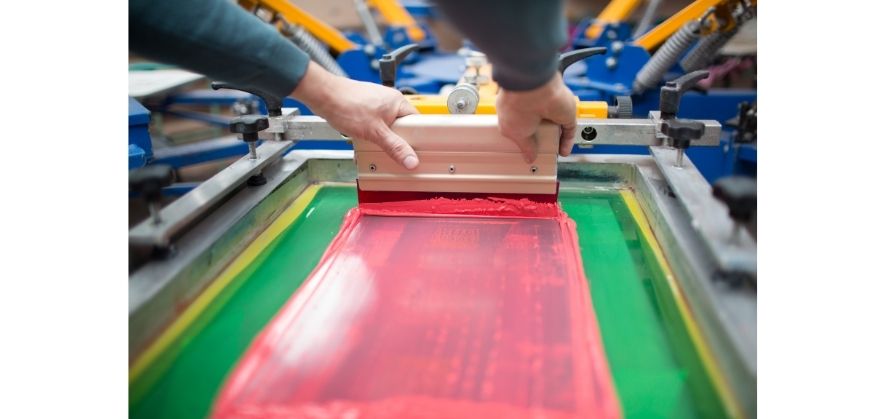
You can probably guess what sorts of things are printed onto the panels at this stage.
Things like:
- Manufacturer’s logos
- Brand names
- Special graphics
- Colours and shades
5. Stitch the panels together from the inside out
This is the most important stage of the process.
Without it, the soccer ball cannot be completed.
So, what happens here is that each panel is sewn together from the inside out by hand.
The soccer ball is stitched from the inside out because this ensures that the stitches are hidden deep within the seams and don’t appear visible on the outer ball surface.
I explained this in much more detail within my post evaluating whether hand-stitching or machine-stitching is better for a soccer ball.
You can have a read of that piece when you’ve got some minutes to spare.
6. Insert the bladder before sealing up with final stitches
Once the ball has been stitched together inside out, the final part involves the insertion of the bladder.
The worker won’t seal the soccer ball up before this component has been fitted.
In the past I’ve spoken about the materials that are used to make a soccer ball, and explained that the bladder is what is used to give the soccer ball its round figure by storing up all the air that gets pumped into it.
After the bladder is put in, the ball is sealed up with the final pieces of stitching.
7. Quality checking and cleaning of residue
Lastly, there is a lot of quality control that goes into the sewing process.
Everything has to be checked, and I mean everything.
From the visual inspection of the panels and how accurately they line up with each other, to the inflation of the bladder which determines whether it’s able to hold air correctly and efficiently.
No stone is left unturned here.
It’s much better if you’re able to picture this entire process for yourself, so I’ve included a link to a video which showcases all the steps that I’ve outlined above.
Here it is:
How a soccer ball is sewn using a machine
When it comes to machine stitching, the output is realised at a much faster rate.
If you take the aforementioned process for sewing a soccer ball by hand, you would only need to go through step 1 to step 4, before completing step 5 in a fraction of the time.
A sewing machine is used for this, just like the ones you see at your local.
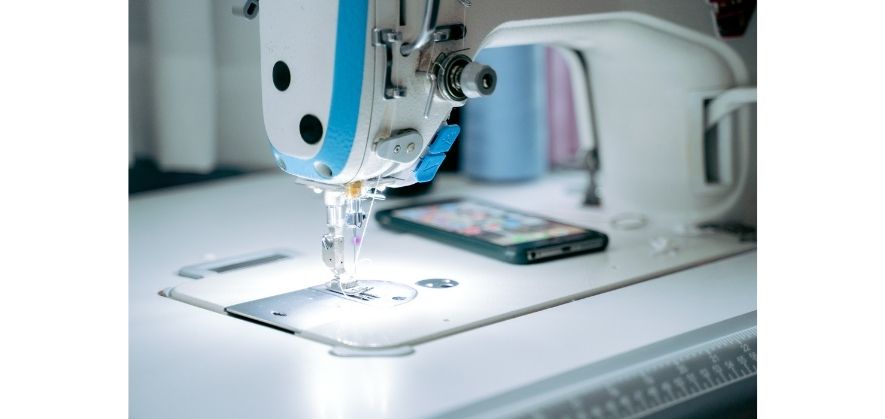
Take a look at this clip:
You see how the fast the panels get threaded together?
That’s how quickly it gets done.
How many stitches does a typical soccer ball have?
Now this is a question that gets asked a bit frequently.
Because it takes quite a lot of effort to combine all the panels together, the thought of just how much threading is needed to make the object complete typically arises.
According to the manufacturers of SELECT soccer balls, a total of 690 stitches are used for the hand-stitched soccer balls that they produce.
This comprises of 630 double stitches and 60 corner stitches that are closed off with double knots for improved durability.
After all, the aim is always to have your soccer ball last for as long as possible.
Final thoughts
That’s it!
You should now have a good grasp of the sequence of events that unfold when a soccer ball undergoes sewing.
Hopefully you’ve gained a greater appreciation for the workers that make our favourite piece of soccer gear, and strengthened your love for the sport as a whole.
If you’ve enjoyed this piece on soccer ball construction, then you may also love our guide on how to draw a soccer ball, as it illustrates how these objects are brought on to paper from start to finish.
Finally, before you go, you should check out our eBook on Soccer Ball Care.
Within this monster of a resource, we tackle all there is to know about looking after a soccer ball and maximising its useful life right from when you purchase this type of product.
This eBook covers a plethora of different topics, such as:
- soccer ball construction;
- inflation and pressure management;
- cleaning and maintenance;
- soccer ball storage; and
- how to extend the useful life of your ball
In just a couple of hours, you’ll have more knowledge on what is good and bad for your soccer ball than you could ever fathom!
You’ll learn how to inflate your soccer ball to the correct level of air pressure based on the size of ball you have, as well as know how to clean and store your soccer ball properly after games.
But I don’t think there’s anything better than being able to effectively troubleshoot problems with your soccer ball and fix them yourself!
So, you can finally take care of your soccer ball for many months to come, which without a doubt will save you time and money as won’t be searching for and buying a replacement any time soon.
With just one click…
Grab yourself a copy right now for only $29!
If you enjoy the content that I create and would like to buy me a coffee, then I’d really appreciate it!
Any money that I earn through this donation will be re-invested into more content for this website.
Additionally, by sending in a donation you’ll also receive a copy of my recently released 190+ page eBook on Soccer Ball Care, as well as be subscribed to our mailing list where you’ll be regularly informed on the latest developments concerning the Soccer Whizz blog.
- Future Icons: Europe’s Emerging Midfield Maestros Set for Glory - December 4, 2023
- Kickstarting a Revolution: How Soccer Transformed the United States Over the Last Four Years - October 7, 2023
- 4-1-4-1 Soccer Formation [Analysis] - September 23, 2023


